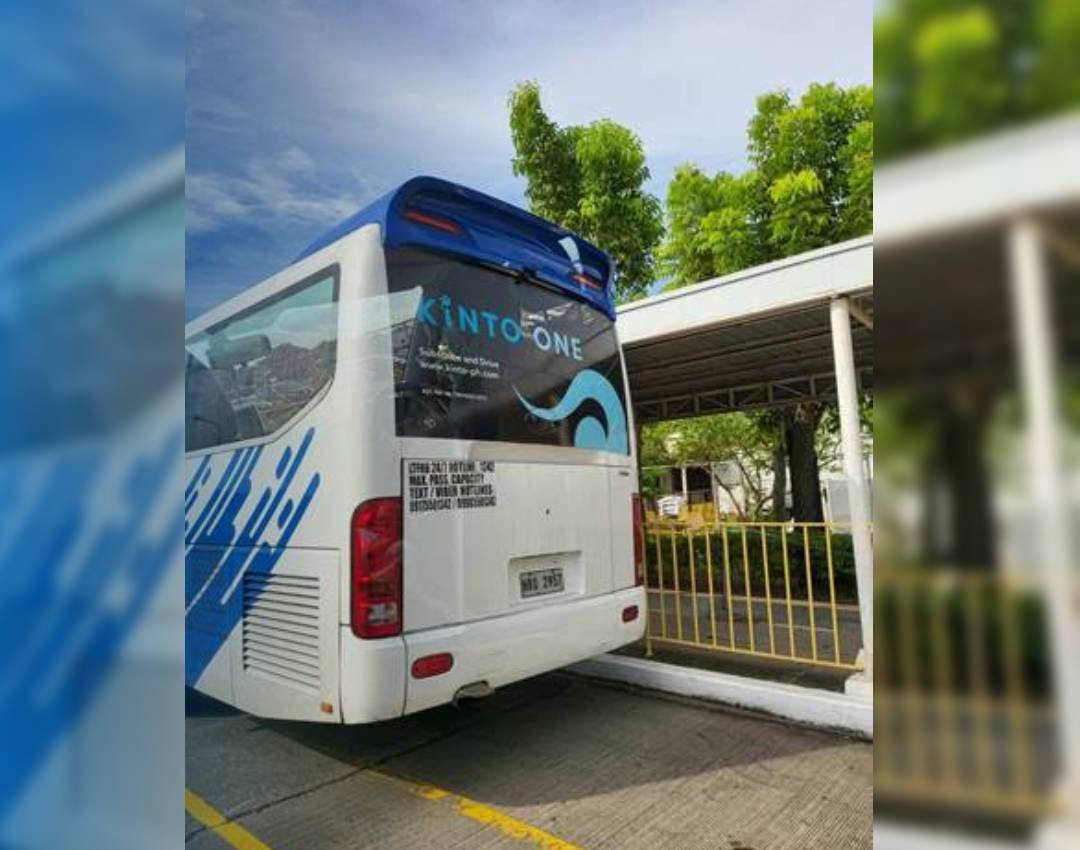Increase Brand Get To with Transit Advertising Philippines
Increase Brand Get To with Transit Advertising Philippines
Blog Article
How Transportation Marketing Can Change Public Transport Spaces Into Dynamic Advertising Operatings Systems
Transportation advertising holds substantial potential to redefine public transport spaces into vibrant marketing platforms that educate and engage. By using innovative styles such as electronic displays and interactive kiosks, brand names can not only get to a varied target market however also boost the general traveler experience. This technique produces an unique chance for brand names to link with customers in a setting that is commonly overlooked. As we explore the diverse benefits and developing approaches of transit marketing, it raises the concern of exactly how this makeover might redefine our interactions with both brands and the metropolitan atmosphere.
Advantages of Transit Advertising And Marketing

Additionally, transit advertising is highly affordable contrasted to typical media. It permits advertisers to accomplish high perceptions at reduced costs, making the most of return on investment. The restricted target market of commuters offers an opportunity for brands to convey their messages to people that are often responsive throughout their traveling times.
Additionally, the dynamic nature of transit advertising and marketing permits campaigns to be updated regularly, making certain that messaging continues to be prompt and appropriate. This adaptability can be crucial in reacting to market patterns or advertising events, keeping the brand name top-of-mind for customers. Last but not least, the pervasive existence of transportation marketing adds to brand name recall; repeated direct exposure within acquainted travel contexts strengthens brand name recognition and promotes consumer loyalty, inevitably improving and driving sales brand track record.
Kinds Of Transportation Marketing
Mass transit systems give numerous layouts for advertising and marketing, each accommodating various advertising methods and audience engagement methods. One popular kind is outside bus and train covers, which cover the entire vehicle and create a mobile billboard result, permitting for high visibility in metropolitan atmospheres. These covers can record attention as they go across active roads, reaching a diverse target market.
Another prominent format is interior marketing, which includes posters, electronic screens, and advertisements on transit seats. These positionings involve passengers throughout their journey, strengthening brand name messaging in a confined area. Digital shows, specifically, use the benefit of vibrant content, making it possible for marketers to update messages in real-time.
Terminal advertising is additionally significant, featuring posters, banners, and interactive kiosks within transportation stations. These advertisements take advantage of foot web traffic and can target details demographics based upon location.
Finally, advertising collaborations with transit authorities can cause special projects, such as themed transportation experiences or occasions, enhancing the total involvement with travelers. Each sort of transportation advertising offers unique benefits, allowing brands to tailor their method to properly reach their target market within the public transportation ecological community.
Involving Travelers Successfully
Travelers are significantly flooded with advertising and marketing messages throughout their daily travels, making it crucial for brand names to involve them in innovative means. To catch attention in this jampacked room, marketers should focus on creative thinking and relevance. Making use of appealing visuals and concise messaging can significantly boost the likelihood of interaction.
Interactive components, such as QR codes or augmented truth attributes, can also change fixed ads right into immersive experiences, fostering a deeper link with the audience. Brand names need to focus on dealing with travelers' interests and requirements, customizing messages to resonate with their way of living, whether through promos for local organizations or solutions designed to enhance their commuting experience.
Additionally, timing plays a critical function; tactically putting ads during top travelling hours can optimize exposure and influence. Involving commuters properly likewise entails leveraging social networks combination, enabling passengers to share their experiences or promos directly from transit platforms, thus enhancing brand reach.
Fundamentally, effective involvement hinges on recognizing the traveler trip and producing compelling, interactive, and relevant advertising and marketing experiences that not just capture focus but additionally drive activity and loyalty. By doing so, brands can change mass transit right into a vibrant advertising and marketing platform that reverberates with its target market.

Measuring Advertising And Marketing Effect
Exactly how can brands precisely evaluate the efficiency of their advertising and marketing projects en route settings? Measuring the influence of transportation advertising and marketing needs a multifaceted method that incorporates quantitative and qualitative metrics. One prevalent approach is tracking engagement with mobile analytics, where brand names can anonymous analyze foot web traffic patterns and app interactions in the past, during, and after projects.
Studies can provide valuable understandings right into brand recall and customer view, permitting brands to gauge how well their messages reverberate with commuters. Additionally, keeping an eye on social networks involvement relevant to particular projects can disclose changes in public understanding and brand name discussion.

Additionally, teaming up with transportation firms can boost dimension accuracy, as they usually have in-depth market information on ridership patterns. By integrating these approaches, brands can establish a thorough understanding of their advertising efficiency, ensuring that their campaigns not just reach however likewise affect their target market efficiently.
Future Trends in Transit Marketing
A substantial change is anticipated en route advertising as technical developments and altering consumer habits reshape the landscape. Transit Advertising Philippines. The combination of digital displays and interactive media is expected to boost involvement, enabling brand names to deliver dynamic content that reverberates with varied target markets. As mass transit systems welcome wise innovation, marketers will leverage real-time data analytics to tailor messages based upon guest demographics and actions
Additionally, boosted reality (AR) is poised to reinvent the means commuters connect with ads. By giving immersive experiences, AR can change a mundane trip right into an appealing narrative that records interest and promotes brand loyalty. This development will likely encourage marketers to create even more experiential projects that drive consumer communication.
Sustainability is an additional vital trend influencing transportation marketing. As ecological awareness grows, brands will increasingly look for to straighten with eco-friendly methods, utilizing lasting products and advertising eco-friendly campaigns within their projects.
Final Thought
In final thought, transportation advertising provides substantial benefits by enhancing brand name resource exposure and engaging a captive target market. Via different formats, such as outside wraps and electronic displays, it changes mass transit right into a dynamic advertising and marketing platform. Reliable interaction techniques and durable measurement methods further enhance its impact. As trends evolve, the check this site out potential for innovative communications between travelers and brands is positioned to grow, guaranteeing that transit marketing stays a crucial element of modern-day advertising and marketing methods.
Transportation advertising and marketing holds considerable potential to redefine public transport rooms right into dynamic advertising and marketing platforms that involve and notify. The prevalent presence of transportation advertising and marketing contributes to brand name recall; duplicated exposure within familiar traveling contexts enhances brand name understanding and promotes consumer commitment, inevitably improving and driving sales brand reputation.
Exactly how can brand names properly analyze the performance of their advertising and marketing projects in transit atmospheres?In final thought, transit advertising and marketing offers substantial advantages by improving brand presence and engaging a restricted target market. Transit Advertising Philippines. As trends develop, the possibility for cutting-edge interactions between commuters and brands is positioned to grow, ensuring that transit advertising and marketing remains a vital part of modern marketing approaches
Report this page